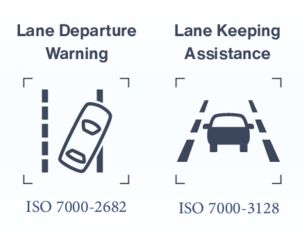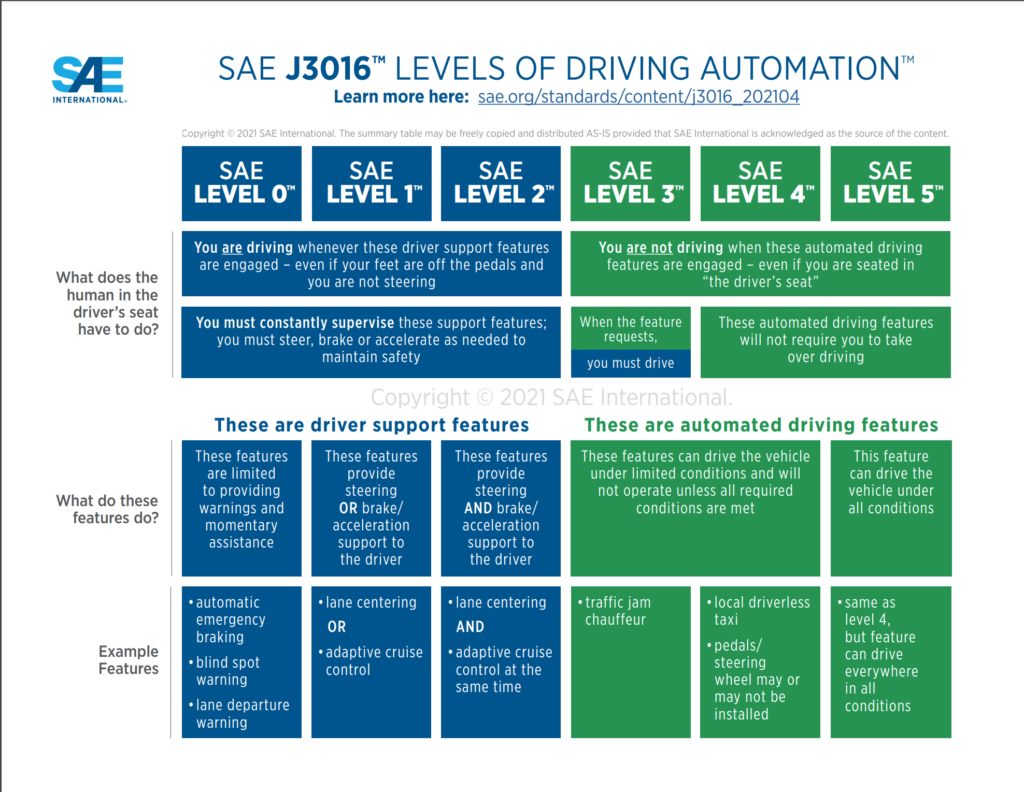Advancements in autonomous vehicle technology have given rise to various levels of autonomy, each representing a distinct stage in the journey towards fully self-driving cars. At level 0, vehicles operate conventionally with no automation features, relying solely on human control. Level 1 introduces driver assistance systems that aid in specific functions, such as adaptive cruise control or lane-keeping assist. Moving up to level 2, partial automation allows vehicles to control both acceleration and steering simultaneously, reducing the driver’s workload. Level 3 brings conditional automation, where vehicles can handle most driving tasks under specific conditions, but the driver must be prepared to intervene. Level 4 represents high automation, where vehicles operate independently within defined operational domains, while level 5 signifies full automation, with vehicles capable of complete autonomy in all environments. These levels of autonomy highlight the incremental progress being made towards a future where self-driving cars are a common sight on our roads.



